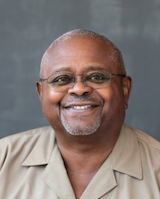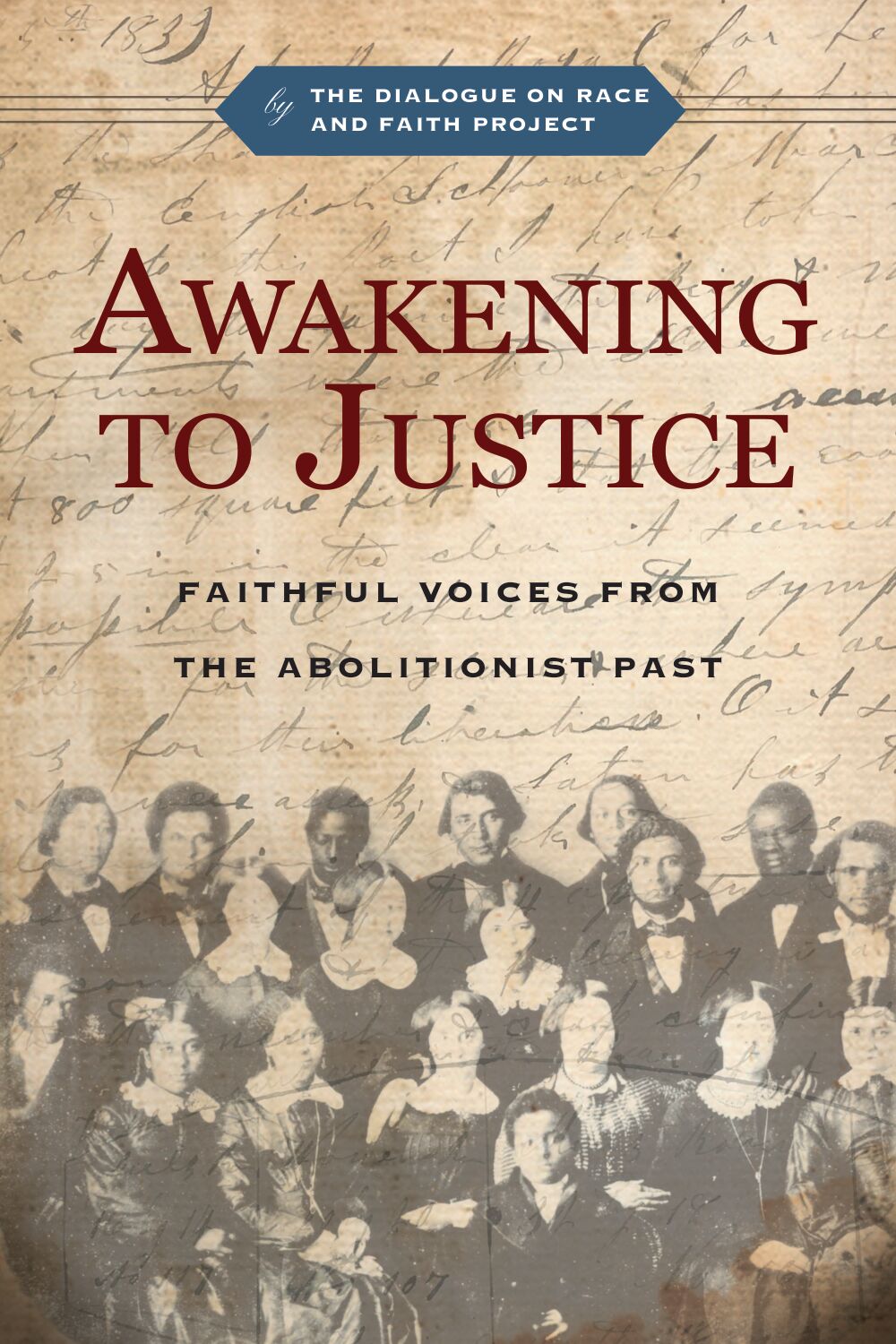A Conversation on Christian Abolitionist History with Douglas M. Strong and Albert G. Miller
In the book Awakening to Justice, The Dialogue on Race and Faith project presents groundbreaking scholarship on the writings of David Ingraham and his two Black colleagues, James Bradley and Nancy Prince. Through considering connections between the revivalist, holiness, and abolitionist movements, they offer insight and hope for Christians concerned about racial justice. Read this interview to hear more from two of the book's coauthors, Douglas M. Strong and Albert G. Miller.
This is a unique book in many ways—including that there are ten coauthors. How would you describe the process of working on this book as a team?
Douglas M. Strong: From the beginning of the Dialogue on Race and Faith Project, our intent was that our group of scholars would try to embody the kind of beloved multicultural community we saw demonstrated in the lives of the nineteenth-century abolitionists we were studying. First, we met together virtually multiple times, getting to know one another as scholars and as Christian sisters and brothers—listening intently to one another's stories. And then, with funding from a grant, we traveled together to abolitionist sites in Ohio, to the Museum of African American History and Culture in Washington, DC, and to Benin, the location of some of the most notorious West African slave ports. These experiences bonded us as a team. The writing then flowed out from the trust built between us.
Albert G. Miller: I think that it became clear to each of us that if we were going to work together, we would have to take time to get to know each other and build trust with each other. We came from a variety of Christian traditions, academic disciplines, racial and ethnic makeups, and regional origins. It would take great time and effort to grow in vulnerability, to let our guards down and risk speaking from our life experiences and perspectives without feeling or being judged. I think that through intensive dialogue, we were able to begin to come to honest conversations about our own viewpoints on faith and race. This is an ongoing process!
What was it like for you reading David Ingraham's journal after it had been hidden away for so many years?
AGM: I was not aware of David Ingraham or his diary prior to the joining of this project. As an emeritus American and African American history faculty member of the Oberlin College Religion Department, it was very moving for me to read this document as an integral part of Oberlin College and city history. This document clearly reflected the early nineteenth-century evangelical and abolitionist ethos that surrounded this educational and religious experiment in Northern Ohio. Ingraham exhibits, in this manuscript, the clear dedication and commitment to living a life of holiness and justice in the service of the gospel and radical abolitionism (two sides of the same coin). I was thrilled to read this document which verified all that I knew of and learned about early Oberlin.
DMS: As an historian who is also a Christian, reading the journal exhilarated me. I felt like I was peering through a looking glass, right back into Ingraham's place and time! He seemingly came alive as he expressed his fervent devotion to the Lord, his confession of sin, his enthusiasm for evangelism, his fierce denouncement of his fellow Christians' complicity with racism and oppression, and his prayerful concern for his health, his family, his missionary colleagues, and the members of his interracial congregation.
Who do you think would benefit from reading this book? Who was the audience you envisioned as you worked on the project?
DMS: We hope this book will nudge Christians to think more deeply about racial justice, and then to act accordingly. We trust that people will be as encouraged and inspired by the stories of our forebears as we have been. We anticipate that the narratives in the book will provide a model for lay Christians, pastors, church study groups, and college and seminary classes, to engage in transformative dialogue about issues of race and faith.
AGM: My hope is that we as scholars would write this book for a layperson point of view, serving congregations, small groups, college-age readers, and others who are grappling with what does it mean to be a person of faith in our time (regardless of race, gender, ethnicity, religious tradition, etc.) and who are committed to living out a life of social justice. My hope is that this book would generate conversations and action to impact policies which shape the world that we live in and promote the great commandments: that we would love God with all of our heart, soul, mind, and strength and love our neighbor as ourselves.
Awakening to Justice includes excerpts from writings by James Bradley, David Ingraham, and Nancy Prince. Why was it important to devote space in the book to these historical sources?
AGM: We could have written this book from each of our differing perspectives, interpreting each of our subjects' ideas, experiences, and lives. We unanimously decided it was critically important that our readers digest these nineteenth-century people of faith on their own terms. Our primary authors' voices needed to be read unfiltered by our interpretive gaze. It was especially essential to have the writings of the two African Americans, Bradley and Prince, as these voices are seldomly heard from when we think about nineteenth-century abolitionist and holiness actors in the freedom story.
DMS: It's so important for everyone to learn from primary sources—in this case, to hear the voices of Black and White Christian activists who've gone before us. I would say to anyone who picks up this book: don't just take the word of the scholars who wrote the chapters; read the powerful words of the abolitionists themselves!
What else is the Dialogue on Race and Faith Project working on that you'd like readers to know about?
DMS: The Dialogue on Race and Faith team produced a website of resources which includes sermon ideas; an original musical composition for use by choirs; the full transcript of David Ingraham's journal; links to the biographical narratives of James Bradley and Nancy Prince; and a study guide for individuals, church groups, and college or seminary students. We encourage Christians to use the example of the abolitionist past as a springboard to promote multicultural fellowship and racial justice advocacy in their own communities today.
Join IVP Academic's email list to get more articles like this straight to your inbox!
Watch the trailer for a documentary from the Dialogue on Race and Faith Project produced in collaboration with UNTAMED. This film tells the story of the journey these scholars embarked on together and how it challenged them personally, educationally, and spiritually.
About the Authors

Douglas M. Strong (PhD, Princeton Theological Seminary) is the Paul T. Walls Professor of Wesleyan Studies at Seattle Pacific University. He is the author of several books and numerous articles on Wesleyan/Holiness Christianity, revivalism, and the abolitionist movement and other social reforms.

Albert G. Miller (PhD, Princeton University) taught American and African American religious history for twenty-seven years at Oberlin College. He is also the founding pastor of the Oberlin House of the Lord Fellowship and has written numerous articles on African American history and the Black church.
This interview originally appeared in the IVP Academic catalog. Sign up to receive the catalog to be the first to discover new academic books and author interviews.




